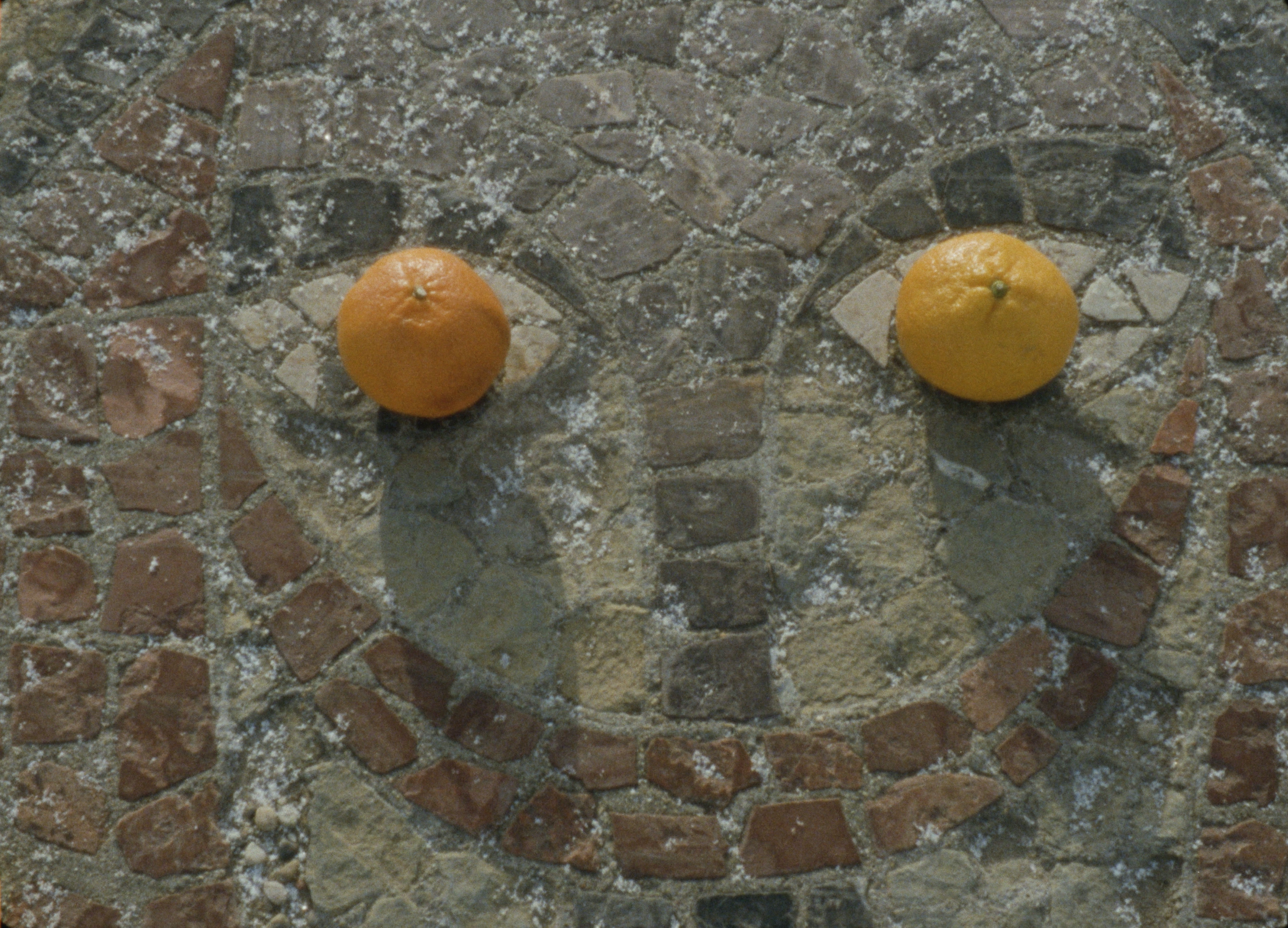Constellations
16mm film transferred to digital and 4k video, in production
Constellations considers different methods of representation and observation of the cosmos. From astrological mosaics in Edmonton, Canada to an observatory in the French Préalpes, the work documents ways that humans engage with stars both aesthetically and ideologically. Drawing a relationship between the cosmos and the internet, Constellations examines how, In the face of that which is vast and unknowable, (like the cosmos or the internet, for example), we look to see ourselves reflected back and attempt to project our identities out into the ether.
Projection is of primary interest in Constellations, which begins at a defunct 1960’s planetarium in Canada named after Queen Elizabeth II. A planetarium is, put simply, a domed surface upon which to project a representation of the cosmos for entertainment and educational purposes. In its exploration of projection as a both a delivery system for moving images and psychological process of imposing the internal on the external, Constellations follows the history of film projection, visiting La Ciotât, where the Lumière Brothers first projected their films, as well as the Cannes red carpet where tourists pose and imitate the “stars,” and finally, virtual spaces where individual identities and desires play out in ways that are both infinitesimal and infinite.
Constellations moves through this material in ways that are associative and non-linear, connecting disparate points in order to make meaning, not dissimilar to the way that discreet stars and celestial bodies are connected to create constellations. Astrology uses these constellations to predict and comprehend individual and societal shifts, relationships and events. In the online realm, algorithms constellate isolated searches, clicks and keystrokes to create an understanding of a user in order to predict as well as steer their actions online. Considering and conflating our movements online and the motion of the stars, Constellations is concerned with scale and the way that the very small often resembles the very large.







